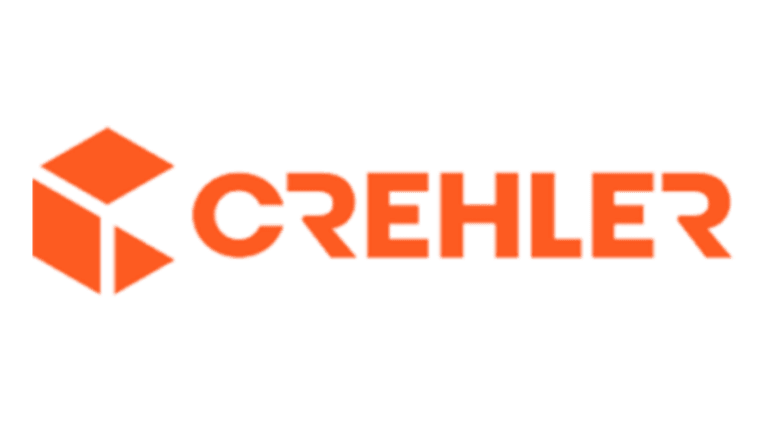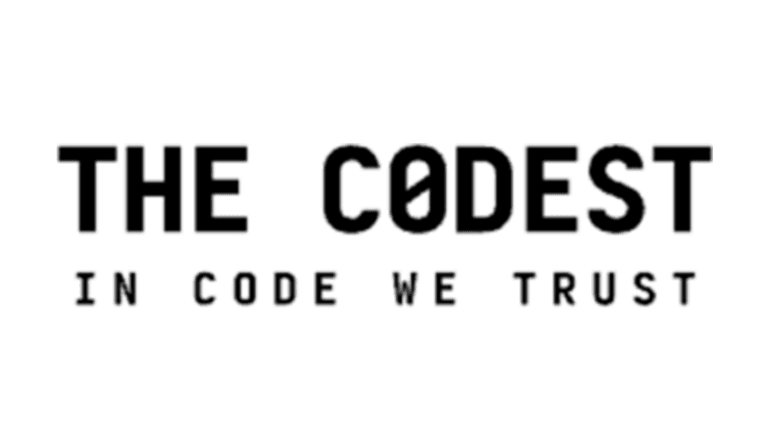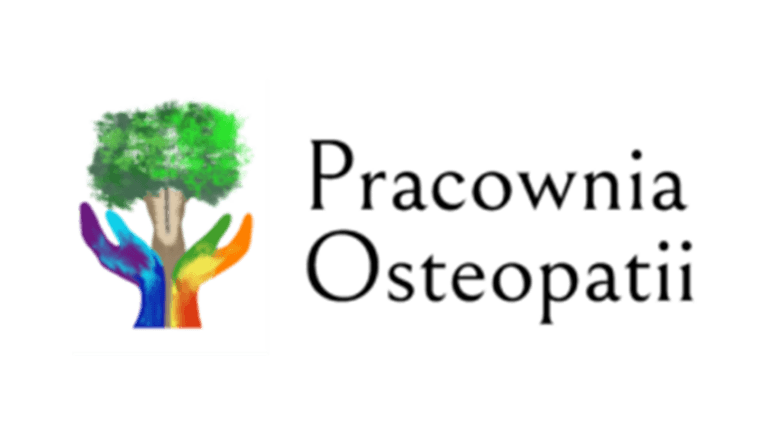A multi-store environment is a brand website that supports multiple locations or branches, with its own subsites and contact details for each location. That’s why SEO management in the multi-store environment is a bit like leading an orchestra. Every regional branch must have its voice, while all together they should create a harmonious melody.
Online stores compete for customers’ attention and a high position in search results, so mistakes in this puzzle cost not only high rankings but also user trust. Discover how a solid strategy for a multi-location business will enable you to maximize the potential of local SEO.
Common mistakes of multi-store environment owners
Owners of stores operating in multiple locations often face a common challenge: scaling. What may be acceptable for a single site becomes problematic when there are five or ten locations. As a result, visibility, traffic, and conversions drop dramatically.
Check if you are doing any of the things that often hurt large, multi-location websites:
Duplicated content
Repeated descriptions of categories or products cause pages within the same domain to compete for the same phrases. Google considers this “thin content” and, in the worst case, may stop indexing some of the subsites. This usually happens when a team copies the same descriptions between locations or generates a mass of content without local references.
Non-optimized URLs
Addresses that look like /?shop_id=123 instead of /[city]? This is a sign that no one thought about SEO, and especially about users. The lack of a clear, predictable URL structure hinders robots from indexing and recognizing locations. Another problem arises when page addresses are changed without 301 redirects. This is a shortcut to 404 errors and the loss of SEO value.
Incorrect or missing company data
Inconsistent NAP data (name, address, phone number) between subsites and external directories confuses customers and search engines. Google promotes consistent information, so if it sees a difference in address or phone number between sites, it will lower its trust in the brand in local search results.
Website isn’t mobile-friendly
Lack of responsiveness is unforgivable, especially for local queries, which mostly come from mobile devices. Slow loading, incorrectly displayed forms, or poorly adapted menus lead to losing users and reaching lower positions in SEO results.
Technical SEO errors
No sitemap, incorrect canonical URL settings, or a badly configured robots.txt file – these small issues can completely ruin indexing on a multi-store scale. In the end, some locations don’t show up on Google at all or are duplicated with others.
Keyword cannibalization
If all locations target the same keywords, the website begins to “cannibalize itself” in search results. This happens due to a lack of unique content and keyword segmentation. Google doesn’t know which subsite is the most valuable, so none of them rank high.
Lack of local inbound links
Links from local sources (media, directories, business partners) strengthen the authority of a given location. Without them, the domain loses the opportunity to achieve good results in maps and local SERPs.
Poor customer review management
Not publishing customer reviews affects visibility in Google’s local services. Profiles with reviews are more likely to rank highly. However, if no one responds to comments and doesn’t encourage customers to rate the business, the company performs worse against the competition.
Missing local schema.org
Without structured data, Google doesn’t know that your online store operates in specific locations. Without schema.org, you limit the ability to display your business in search results, maps, or extended snippets. It’s a simple but often ignored element of local SEO that boosts visibility.
8 best practices for owners of multi-store online businesses
SEO for multi site ecommerce platforms requires a different approach than for a single store. The issue is far more than just domain visibility. Each location must “live its own life” in the search engine, while fitting into a cohesive strategy for the entire brand. In other words, this requires a combination of data order, unique content, and precise targeting of local queries.
How to achieve high rankings and effectively manage SEO across multiple sites? Learn the best practices:
Prepare dedicated subsites for each location
Each branch needs its own space, which is a separate, optimized subsite with a unique URL. This is where you should include:
- full contact information,
- opening hours,
- map,
- content matching the specific location.
This approach helps Google link local queries to the right page and improves the customer experience.
Keep contact details updated
Consistency of NAP data (name, address, phone) should be as important to you as fast order processing. Contact information must be the same on the website, Google profiles, social media, and other external directories. Update the data regularly to keep your credibility in the eyes of search engine robots and customers.
Implement schema.org markup
Adding schema.org tags, especially LocalBusiness, helps Google understand the structure and details of your locations. As a result, stores display more frequently in Google Maps and local results bundles. It’s a simple technical implementation that makes a huge difference for local SEO. However, this is something you don’t have to worry about when your multi-store e-commerce is developed by SpearDevs specialists.
Publish unique content for each subsite
Each location subsite should contain unique content. This includes descriptions, local news, promotions, or answers to questions from customers in the area. Personalization makes the site responsive to specific user intentions, and Google rewards it for the added value.
Optimize URL structure
A simple and predictable URL structure (e.g. /[city]) instead of separate domains or parameters like /?shop_id=123 is convenient for users and robots. A well-designed address hierarchy improves indexing and strengthens the authority of the domain.
Build a base of local links
Acquire links from local sources, such as city portals or business partner sites, to strengthen the authority of your store’s particular location. Building a link profile is a way to perform better in the region and to reach customers in their natural online environment.
Encourage customers to submit reviews
Customer reviews are one of the strongest ranking factors in the local market. Encourage customers to submit them, answer questions, and ensure that each branch has up-to-date and trustworthy reviews. This influences SEO and builds brand trust.
Centralize content management
With multiple sites, it’s easy to create chaos. Central content management (e.g., through a powerful CMS) lets you maintain data consistency, quickly make updates, and control the quality of all subsites. The introduction of a central content management tool saves time and minimizes the risk of errors that can damage the visibility of stores.
Conclusion
Well-designed SEO for multi-store environments is a combination of technology, precision, and continuous optimization – from unique content for each location to consistent contact information and technical elements that help search engines.
GET IN TOUCH
Need a more scalable, SEO-ready multi-store setup?
We (re)build multi-location e-commerce platforms that run smoothly and grow.























